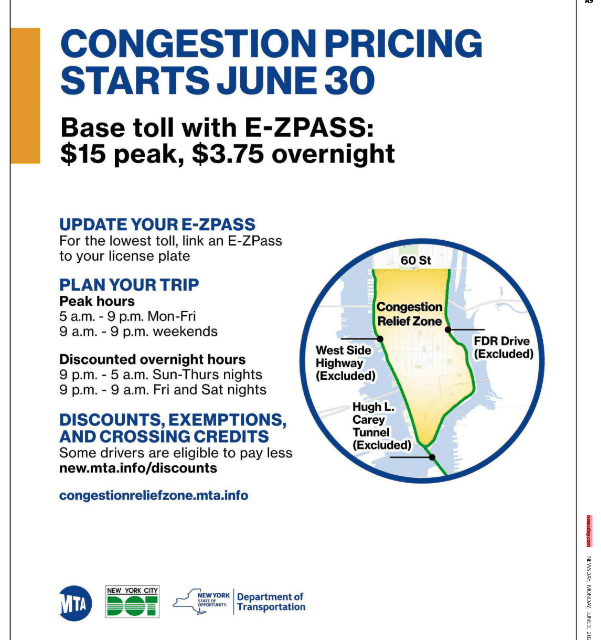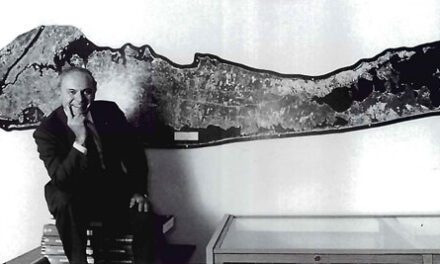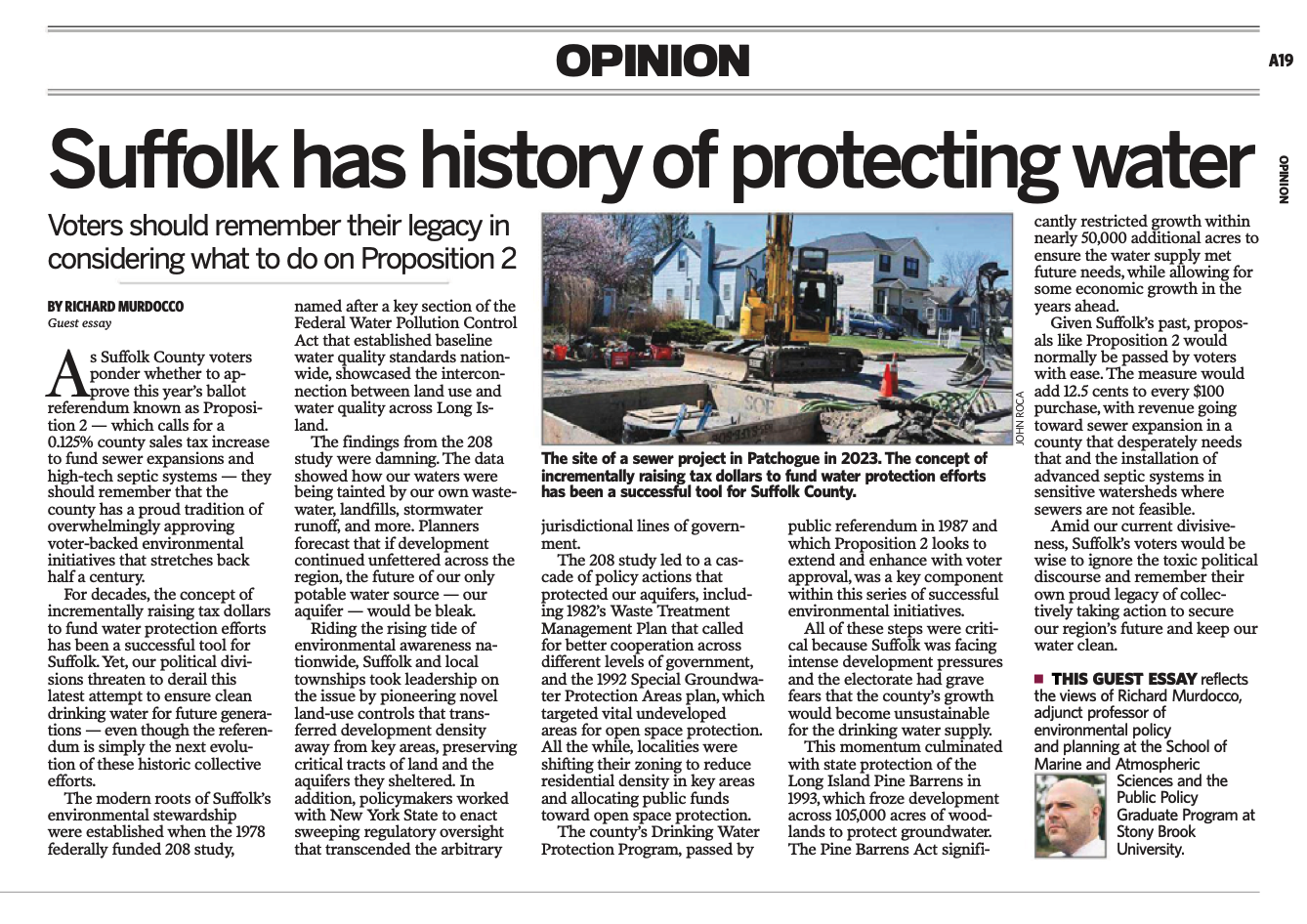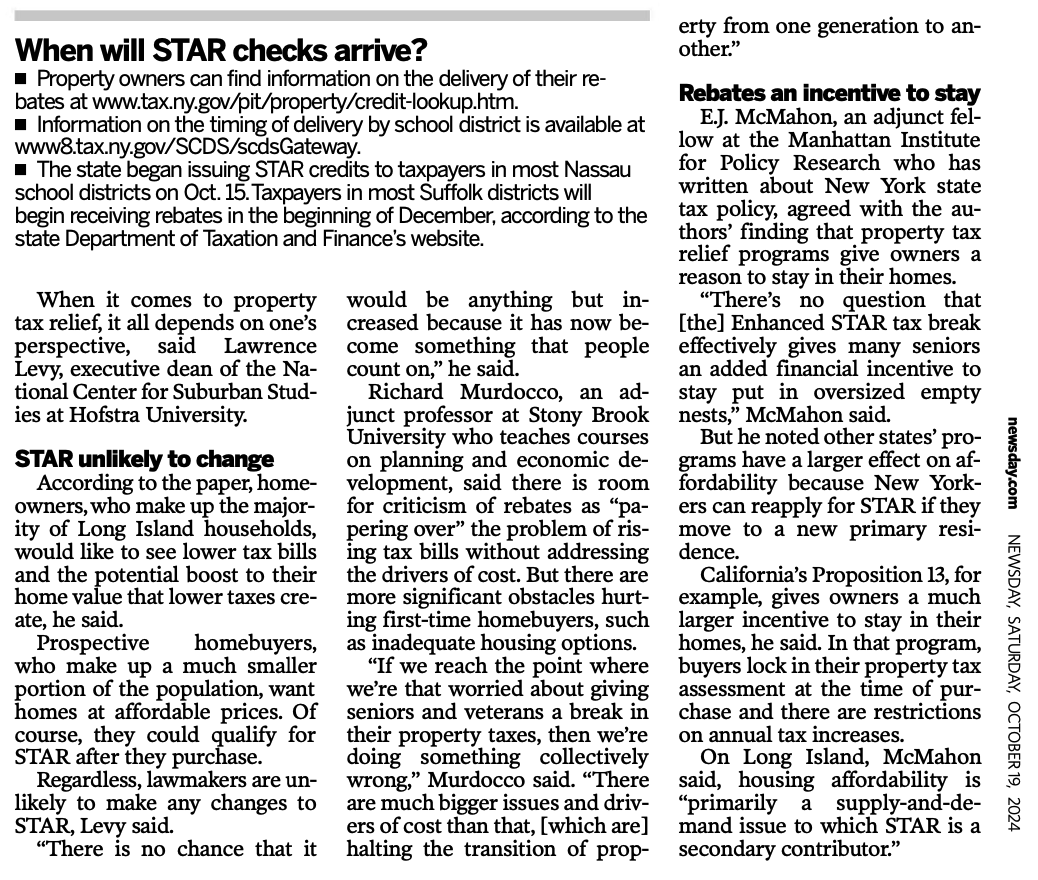This is a developing story, and will be updated.
BY RICHARD MURDOCCO
New York City’s congestion pricing plan has been “indefinitely paused” by Governor Kathy Hochul.
The tolling plan, which would have charged most drivers up to $15 per trip into Manhattan, was slated to go into effect on June 30th. The announcement was made well after gantries were installed along toll routes in Manhattan, and during a full public relations and media blitz that was being launched by the Metropolitan Transportation Authority to communicate the specifics of the plan to metro residents. Reports have found that the MTA spent $507 million designing and implementing the congestion pricing system.
In anticipation of the new tolling program, mass transit systems across the region were expecting a windfall of revenue in the coming years that would’ve funded system-wide upkeep and improvements. In fact, the state’s enabling legislation in 2019 noted that 80% of the plan’s expected revenues, estimated to be pegged at $12 billion, was to be spent on capital improvements to New York City’s subway and bus system, and $1.5 billion was allegedly going to be put towards both the LIRR and Metro-North commuter railroads.
“Circumstances have changed. And we must respond to the facts on the ground, not to the rhetoric from five years ago,” the Governor said in her statement announcing the plan’s cancellation. “After careful consideration, I have come to the difficult decision that implementing the planned congestion pricing system had risked too many unintended consequences for New Yorkers at this time,” Hochul continued. “For that reason, I have directed the MTA to indefinitely pause the program.”
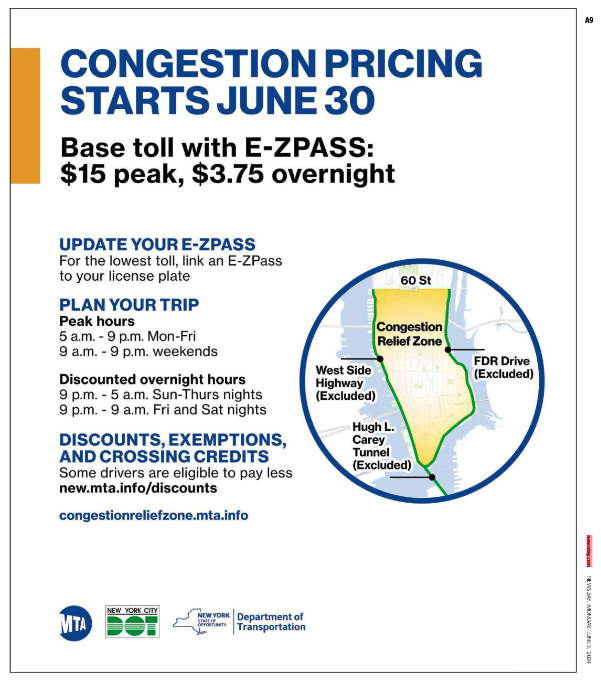
Pictured: An advertisement, as seen in the June 3rd edition of Newsday, highlighting how the MTA’s congestion pricing plan would work for drivers. Gov. Hochul halted the program two days later. (Source: Newsday)
In 2016, during the relative infancy of the now-failed plan’s creation, The Foggiest Idea had argued in Crain’s New York that “With a healthy mix of smart policymaking and sound planning, congestion pricing—no matter which form it takes—can be explicitly designed to benefit those in both the suburbs and outer boroughs.” Other environmentalists, transit advocates, and planners agreed that alleviation of the city’s strangling gridlock was necessary.
However, the region’s socio-economic fortunes have since changed dramatically in the ensuing years, and after a more heated-than-expected race for the governor’s office in Albany, the political calculus has shifted as well. The city has been struggling to fill its offices with workers, and suburban commuters, once a key economic ingredient to the city’s fortunes, are continually being squeezed by stubborn inflationary forces.
As first reported in the New York Times, word of the governor’s last-minute misgivings quickly began to circulate in Albany, sending the final days of the state legislative session in disarray.
With the plan’s halt, New York policymakers now face the daunting task of plugging a $1 billion gap in the MTA’s annual budget.
You can watch Governor Hochul’s entire statement on congestion pricing here:

